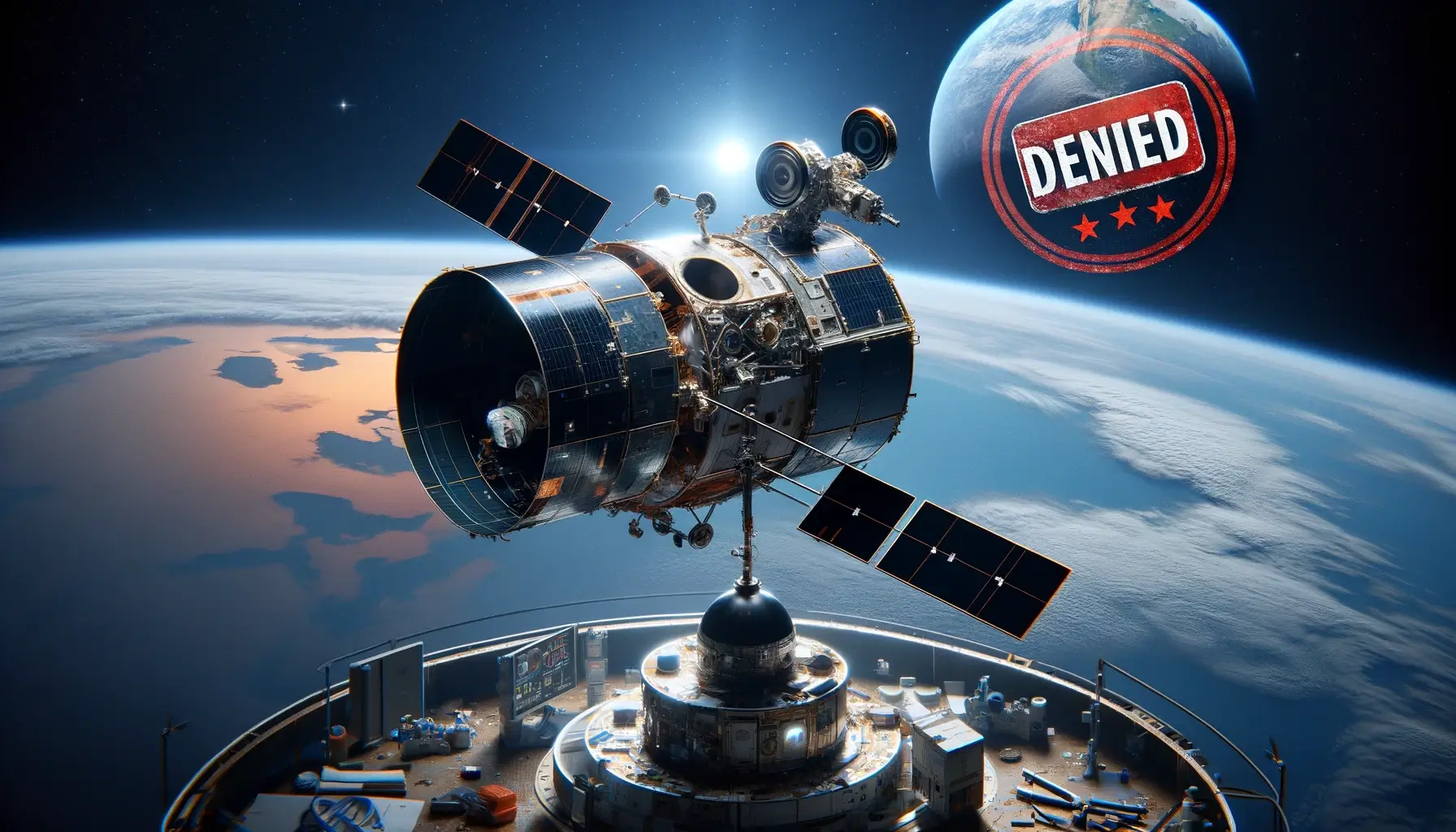Informed by this decision, it is clear why Hubble Space Telescope might not be operating at its optimal best or carry out scientific process. This decision was due to recurrent technical problems including the Hubble’s gyroscopes, which are important for the space telescope’s orientation and for performing researchers’ tasks.

Background and Current Challenges
After the launch in 1990, Hubble encountered numerous issues related to its technical functioning. More recently, in April of 2024, one of the three gyroscopes that Hubble relies on to orient itself in space malfunctioned, and the telescope had to shut down and go into Safe Mode. This is not the first time the similar problems have been reported; the similar problems have been reported since November, 2023. While the team tried to salvage what they could to restore functionality in response to the riots, the telescope’s capacity to do actual science work was hampered.
Problems With Gyroscopy and Safe Mode
The gyroscopes used in the Hubble telescope are intended to help to stabilize the telescope and fine tune it to face the intended targets in outer space. Due to some reasons, it was later considered by NASA to control the operations of Hubble using only one gyro while the other gyro in ‘hot standby’ mode for possible use in case of emergency. This configuration, although not as effective as the originally described configuration, would permit Hubble to perform some degree of scientific work in spite of the fact that it will not be able to function at the full capacity.
Against Servicing Mission: One of the controversy that was planned was the servicing mission, which could involve launching SpaceX’s Dragon and aiding Hubble in its orbit enhancement and minor fixes. Yet, NASA has opted not to proceed on setting up such a mission as it called for the relaying of service to an already old telescope expensive and dangerous. This decision implies that Hubble is to remain drifting in space and plummet into the lower orbit due to the atmospheric drag with a statistical 50% probability of re-entry into the Earth’s atmosphere by 2037 should no reboost manoeuvre be carried out. The cost reductions will affect Hubble scientific research As the servicing was stopped, part of the functions of the telescope will be reduced. It has been used in lots of discoveries such as the expansion rate of universe and other analyzes of extremely remote galaxy. This will significantly impact the volume and quality of data Hubble can manage, which has been fundamental to the astrophysical investigation for more than thirty years.
Future Prospects and Alternatives
While NASA has decided against a direct servicing mission, it continues to explore innovative solutions through private-public partnerships to extend the life of Hubble and other satellites. The potential collaboration with SpaceX and other entities may still offer ways to support Hubble’s operations indirectly, ensuring some continuity in its contributions to science.
Meanwhile, Hubble will continue as the workhorse of many astronomical investigations until the James Webb Space Telescope (launched in 2021) steps into the fray. JWST which by design and prowess has better features than Hubble, is expected to carry on the discoveries where Hubble left; deeper into space. Conclusion: This chapter demonstrates that NASA’s elimination of the Hubble telescope servicing mission is a new theoretical development in the context of the space telescope’s functioning. Although this decision reduces the overall scientific productivity of the Hubble, the involvement will now be directed towards optimizing its remaining capabilities and using newer technologies like the JWST in the coming years. As Hubble continues in its final months of its mission, the scope of its accomplishments for astronomy will live on.

